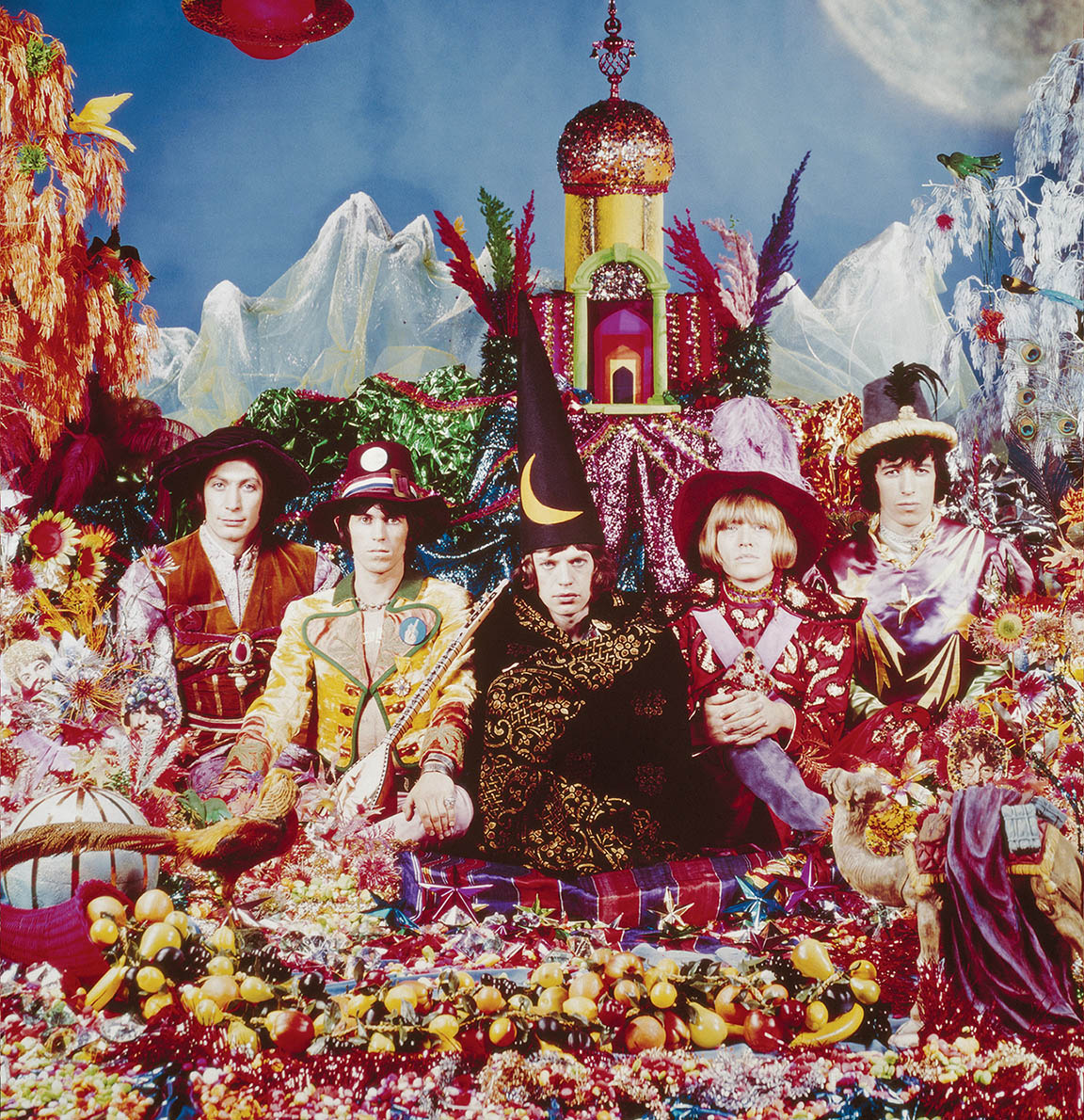
“Without Brian the Rolling Stones never would have existed”
AGEIST: What does Brian Jones mean to you?
Dagon James: Brian Jones is a curious figure. He founded the Rolling Stones, gave the band its name — he is responsible for pushing the band in the direction of blues music and really got things going. Without Brian the Rolling Stones never would have existed. In the 1960s it was Brian that pushed the musical boundaries of the band by introducing unusual instrumentation and arrangements to the songs that Keith Richards and Mick Jagger were writing. It’s Brian playing the recorder on “Ruby Tuesday,” sitar on “Paint It Black,” slide guitar on “No Expectations” and Mellotron on “2000 Light Years from Home.” His adventurous approach to the songs and use of non-traditional instruments define his arrangements and counter melodies that are often the most recognizable parts of the songs. Not to diminish the efforts of Jagger and Richards, their songs were great at the start, but Brian elevated them to a whole other level.

AGEIST: Why are you doing this book?
Dagon James: I have worked with photographer Michael Cooper’s son Adam for several years, initially starting with some features I put together in my magazine Lid which I published for ten years while living in New York. About six months ago, Adam suggested we put together a book focused on Rolling Stones founding guitarist Brian Jones. 2019 marks the 50th anniversary of his passing and it seemed like a good idea. I have long admired Michael Cooper’s photographs and welcomed the opportunity to explore his archives and see what we could make of it. Brian Jones is a fascinating figure in the history of rock music, so this book was easy to get excited about!

A Narrative Experience
AGEIST: What sort of access do you have to the images?
Dagon James: Adam Cooper opened up his father’s archives for this project. We really spent a lot of time reviewing Michael’s photos, considering how different images would work together to tell a story. I view the photo and art books I create as a narrative experience; taking the reader on a journey is far more interesting than just pages of photos, which sadly describes most books. A perfect example is the Billy Name / Andy Warhol book I put together. It starts in 1964 and takes you on a straight path to 1970; your experience as you turn the page evolves alongside the photos and stories. So much of life’s lessons and values are built from childhood, from storytelling. Something happens in adulthood where things become informational and static. That feeling of childlike wonder has always remained, and that’s what I try to bring to the books I make. All I’m really doing is taking you on a journey and offering something you’ve (hopefully) never seen before.

The Benefits of Kickstarter
AGEIST: Why are you doing the book this way rather than through a traditional publisher?
Dagon James: We chose Kickstarter to launch this book for several reasons. First, we wanted to get the book together fast. Most publishers plan their titles 1-3 years out and we were looking at a timeframe of months rather than years. Also, I have previous Kickstarter experience having published a limited-edition Jimi Hendrix book last year with photographer Baron Wolman. The experience proved to be a fascinating journey. Kickstarter offers an organized platform, hosts a webpage for you that’s simple to build and navigate, and they also handle and process all payment and give you an organized breakdown of sales at the end. Launching on their platform means working within a limited window of time and that can make things really exciting from a marketing standpoint. We have spoken with other publishers about a trade edition of this book, but I don’t see it happening. Adam Cooper and I like that this book is somewhat precious, being limited to only 300 signed and numbered copies. It’s a rare book on the very day it comes out, and who doesn’t love rare books? Personally, I can’t get enough of them!

AGEIST: How long does it take to make a book like this?
Dagon James: Most publishers might spend a year or more on a title like this. I have a lot of experience putting together complicated books quickly. Publishing Lid magazine for so many years taught me to make the right creative decisions quickly. Having been an editor, art director, production manager, designer, publisher…I’ve worn all the hats and I know how to get the wheels turning quickly. This book was a lot of work getting together in a matter of months. Perhaps “work” isn’t the right word — it’s a pleasure getting personalities and ideas together to create something that is meant to make people feel good.
Printing Press as Artistic Tool
AGEIST: Are there any special printing techniques or processes you are using?
Dagon James: Working with offset lithography printing is a huge canvas of possibility. I studied printmaking at The Art Students League in New York as a young man, so I view the printing press in more creative ways where most people treat printing as something utilitarian. There are thousands of ways to combine ink colors, and metallics, and all kinds of varnish and foil stamping, and then there are the different types of paper, and materials to apply the ink and varnish…The printing press can be seen as a tool, not unlike paint and canvas. If you can dream it, there’s a way to make it.
More info on the new Brian Jones book here.



